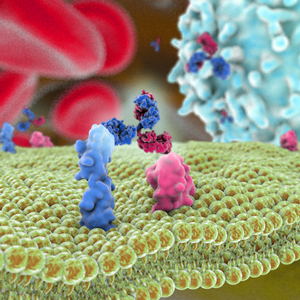At the AIRR C IV meeting in Genoa, the Communications Sub-committee was ratified. Its current members are Jean-Philippe Bürckert (BISC Global, Inc., USA, Co-Leader), Victor Greiff (Univ of Oslo, Norway, Co-Leader), Jamie Scott (Simon Fraser Univ, CA), Susanna Marquez (Yale, USA), and Pam Borghardt (SFU, CA).
The Sub-committee’s mission statement can be found here: https://www.antibodysociety.org/the-airr-community/airr-subcomittees/communications-sub-committee/.






